This article was co-authored by Zora Degrandpre, ND. Dr. Zora Degrandpre is a Natural Health Doctor and Licensed Naturopathic Physician in Vancouver, Washington. She is a grant reviewer for the National Institutes of Health and the National Center for Complementary and Alternative Medicine. She received her ND from the National College of Natural Medicine in 2007.
There are 8 references cited in this article, which can be found at the bottom of the page.
wikiHow marks an article as reader-approved once it receives enough positive feedback. In this case, 95% of readers who voted found the article helpful, earning it our reader-approved status.
This article has been viewed 131,525 times.
Controlled breathing techniques have been to shown to have substantial health benefits. Breathing exercises can help reduce stress and prevent panic attacks, lower heart rate and blood pressure, and help you get to sleep. Proper breathing technique sends more oxygen to your body, nourishing muscles and organs and dispelling fatigue and anxiety. Practicing breath control on a regular basis is said to increase emotional stability, combat depression, and improve memory. Choose one or more of these exercises, and try to practice daily for a few weeks until the movement comes naturally.
Steps
Doing Breathing Exercises for Relaxation
-
1Try breath moving. This exercise involves using your imagination to move your breath through your body. This technique will lower your stress levels and produce feelings of calm and well-being. This exercise can be done while sitting or lying down.[1]
- Breathe in slowly through your nose and imagine that the breath is traveling up to the top of your head.
- Then breathe out through your mouth, picturing the breath moving downward toward your spine. Repeat this circular pattern ten times.
-
2Try deep throat breathing. This is an easy, uncomplicated relaxation method that produces results similar to meditation. This exercise will help calm your mind and relax your body. This technique is best performed in bed with your legs slightly apart and your eyes closed.
- Inhale deeply through your nose for a count of four, while you constrict the back of your throat so that it makes a soft sound similar to snoring.
- Hold your breath for another count of four, and then exhale through your nose for a count of four, again making the soft sound. The sound itself will actually help to relax you.
- Repeat this motion for a count of six, then repeat for a count of eight. Continue to repeat this exercise several times, until you are feeling relaxed.
Advertisement -
3Mentally scan your body. This exercise helps you get to sleep by redirecting your attention to something else. The benefits of this technique are heightened relaxation and a calmer mind. It will help you fall asleep faster, and sleep more deeply. You should perform this exercise while lying in bed with your eyes closed.[2]
- Breathe as you normally would, while you focus on the surface of the bed below you, and how comfortable you are.
- Breathe deeply into the lower part of your abdomen and release it, noticing how your breath moves as it travels into your lungs and out again.
- Focus on breathing more slowly and deeply with each breath, thinking about nothing but your breathing and how your body moves with it. If you get distracted, turn your attention back to your breathing.
-
4Practice resistance breathing. This exercise will help calm you down in the event of an anxiety attack, producing a relaxed sensation similar to the effects of meditation. This exercise can be done sitting or lying down.[3]
- Instead of breathing in through your nose and out through your mouth, purse your lips and take several long, deep breaths in through your mouth and release them through your nose.
- Try inhaling through a straw, to help create more resistance to the flow of air.
Doing Breathing Exercises to Increase Energy and Focus
-
1Try morning breathing. Do this exercise right when you first wake up, to clear breathing passages and relieve muscle stiffness, or use it throughout the day any time you need to relieve tension in your back. In addition to relieving muscle tension and stiffness, this technique helps improve mental clarity and boosts your energy your energy. Perform this exercise while standing upright.[4]
- Bend forward at the waist with your knees slightly bent, and let your arms hang down toward the floor.
- Inhale slowly and deeply through your nose, while straightening up to a standing position. Roll your body up slowly, rolling your neck back last until you are facing the ceiling. Only lean your head back as far as is comfortable for you.
- Once you are standing upright, hold your breath for a count of three. Exhale slowly through your mouth and slowly bend forward again. Repeat this motion several times.
-
2Try cooling your breath. Practice this exercise any time you feel your energy wane throughout the day, to help you focus on work or activities. This technique reduces agitation, anxiety, and anger, and helps to improve mental clarity. Do this exercise while sitting comfortably on the floor or in a chair, with your spine erect and your shoulders relaxed.[5]
- Lower your chin slightly, and roll your tongue lengthwise to form a sort of “straw,” with the tip projecting slightly from your mouth. (The ability to roll your tongue is a genetic trait. If you don't roll your tongue, you can press the tip of your tongue against your top front teeth instead.) Inhale through your mouth as you gently lift your chin toward the ceiling.
- Close your mouth and slowly return your head to a forward position, as you exhale through your nose. Repeat this movement 8 to 10 times.
-
3Try alternating nostrils. This exercise encourages deep relaxation by balancing the left and right halves of your brain, calming your nervous system. This technique produces an almost instantaneous feeling of stress relief and lowers your blood pressure and standing pulse rate. It also helps improve concentration and increase energy. For this exercise you should sit in bed with your legs crossed or with propped up with pillows at the small of your back.
- Place one finger against each side of your nose. Press your right nostril closed and inhale slowly through the left, for a count of four.
- Pinch both nostrils closed and hold your breath for a count of four.
- Release your right nostril and exhale through your right nostril, again for a count of four.
- Repeat several times, switching sides each time to breathe in through one nostril and out through the other.
-
4Try the bellows breath. This traditional yoga exercise oxygenates the blood rapidly, leaving you feeling alert and invigorated. Sit comfortably with your legs crossed and rest your hands on your knees – palms facing up if you need to receive energy, or palms facing down if you want to ground yourself.
- Breathe in through your nostrils as deeply as possible, while expanding your lungs as wide out to the sides as is comfortable for your body.
- Release the breath completely out through your nose, allowing the body to shrink inward with your navel gently drawing toward your spine. This is a loud breath that may clear your nostrils, so you might need a tissue.
- Repeat for several minutes at a steady pace that is comfortable for you.
Maximizing Your Results
-
1Increase your lung capacity. Although you can't increase the size of your lungs with aerobic activity or breathing exercises, you can improve their efficiency. Improved cardio-respiratory function increases the levels of oxygen that are pumped into your bloodstream, where it is transferred to your muscles to provide energy.[6]
- Create additional space in your lungs by pulling up your shoulders towards the ears, while at the end of inhalation phase. Always be gentle when taking a breath, so you don't strain or injure yourself.
- Add weight for resistance. When lying on your back, you can increase the effort level of the an exercise by placing a book on your abdomen. Remove the book immediately if you experience any discomfort.[7]
-
2Create a peaceful environment. Breathing exercises can help you gain control in stressful situations, but the best place to practice the techniques is in a safe, calm environment. As with other forms of meditation, you will be able to focus best when you are not distracted.
- Practice in a dark or dimly lit room. Light candles, if you wish, to create a warm and peaceful ambience.
- Turn off the TV and silence the ringer on your phone. It will be easier to focus on your breathing if you are not distracted.
-
3Wait an hour or two after eating. Breathing exercises are often more effective when you are not full. Although it can take up to four hours for food to completely pass out of the stomach, you don't need to wait for it to be completely empty. Whenever possible, wait an hour or two after the end of a meal to begin your breathing exercises.[8]
-
4Avoid injury. Always try to adopt a relaxed posture when doing breathing exercises, and be careful not to strain yourself. Practice at a comfortable pace – if you are struggling to hold a breath for a certain count, hold it for a lower count at first and gradually work up to it.
- If you begin to hyperventilate or feel lightheaded, slow down your breathing and stand up slowly.
- If you have arthritis of the neck or any other spinal condition, check with your doctor before trying any exercises that involve moving or bending the neck or back.
- Never experiment with holding your breath as long as you can - this can be extremely dangerous, even fatal.
References
- ↑ https://mindful.stanford.edu/2015/09/waking-up-your-body-moving-with-the-breath/
- ↑ https://sleepfoundation.org/insomnia/content/relaxation-exercise
- ↑ http://psychcentral.com/blog/archives/2013/07/22/reduce-your-anxiety-this-minute-3-different-types-of-deep-breathing/
- ↑ https://www.uofmhealth.org/health-library/uz2255
- ↑ http://www.yogajournal.com/article/practice-section/healing-breath/
- ↑ https://www.health.harvard.edu/lung-health-and-disease/breathing-life-into-your-lungs
- ↑ http://my.clevelandclinic.org/health/diseases_conditions/hic_Understanding_COPD/hic_Pulmonary_Rehabilitation_Is_it_for_You/hic_Diaphragmatic_Breathing
- ↑ http://scienceline.ucsb.edu/getkey.php?key=275
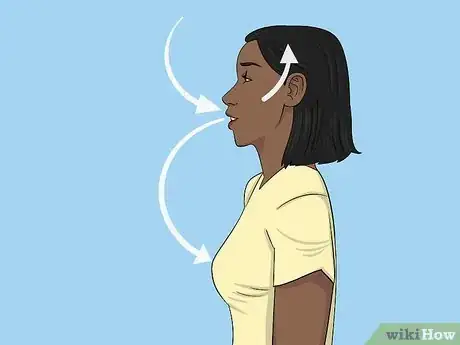
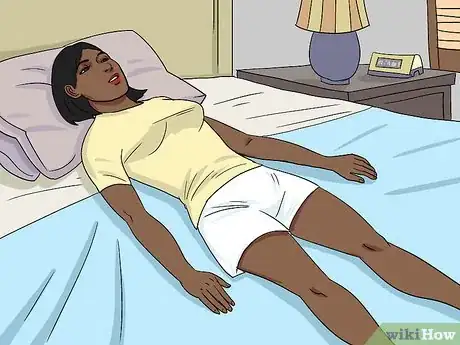
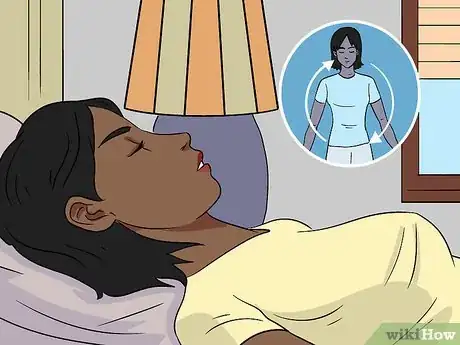


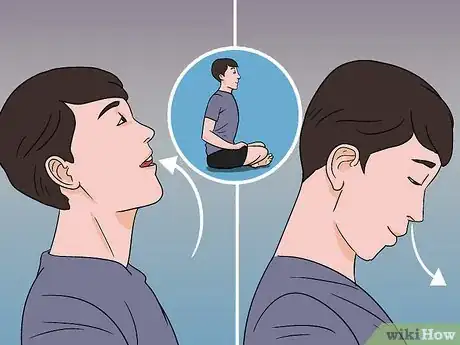
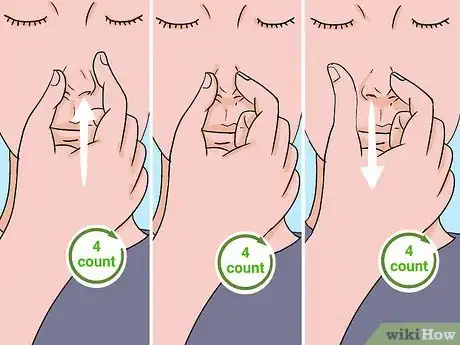
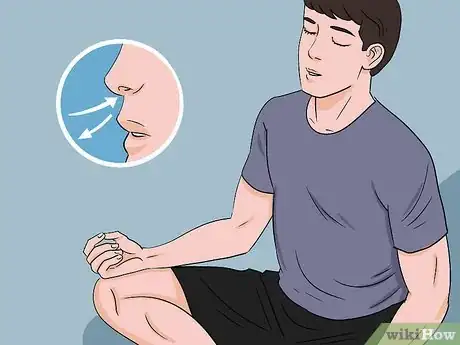
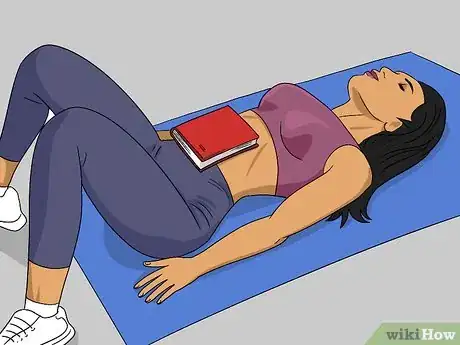


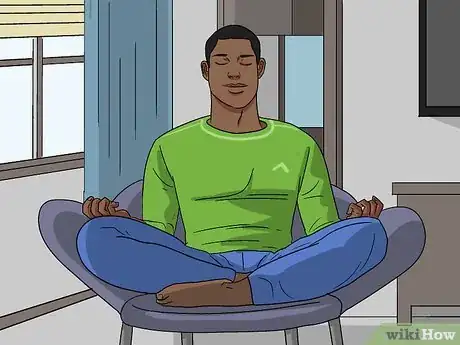
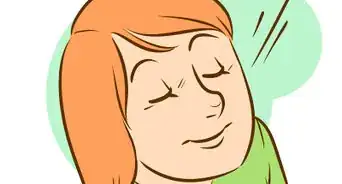

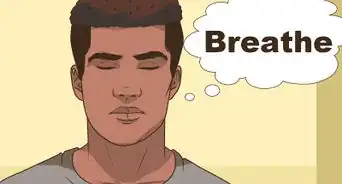
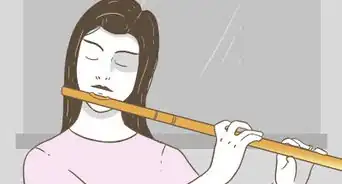
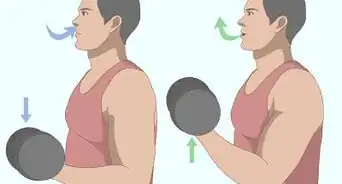
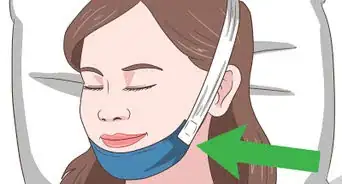

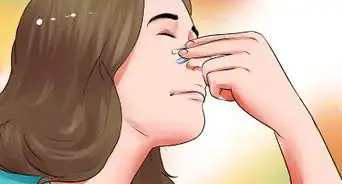
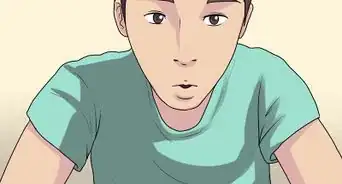


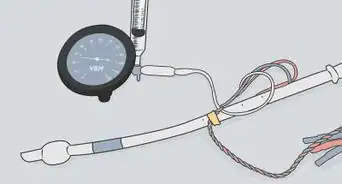
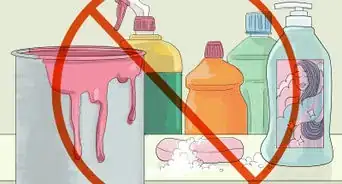
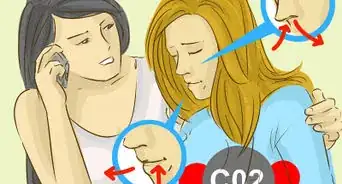













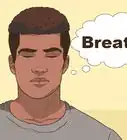




































Medical Disclaimer
The content of this article is not intended to be a substitute for professional medical advice, examination, diagnosis, or treatment. You should always contact your doctor or other qualified healthcare professional before starting, changing, or stopping any kind of health treatment.
Read More...